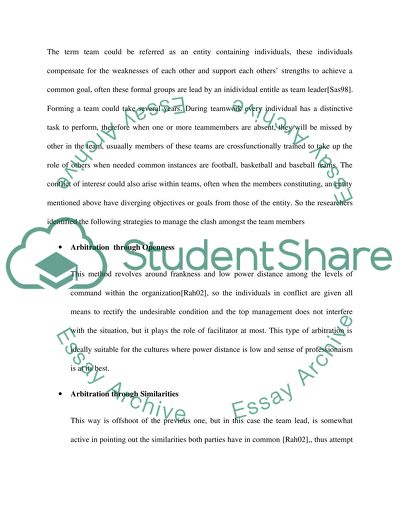Cite this document
(“Managing Across Cultures Research Paper Example | Topics and Well Written Essays - 2000 words”, n.d.)
Retrieved from https://studentshare.org/other/1400378-managing-across-cultures
Retrieved from https://studentshare.org/other/1400378-managing-across-cultures
(Managing Across Cultures Research Paper Example | Topics and Well Written Essays - 2000 Words)
https://studentshare.org/other/1400378-managing-across-cultures.
https://studentshare.org/other/1400378-managing-across-cultures.
“Managing Across Cultures Research Paper Example | Topics and Well Written Essays - 2000 Words”, n.d. https://studentshare.org/other/1400378-managing-across-cultures.


